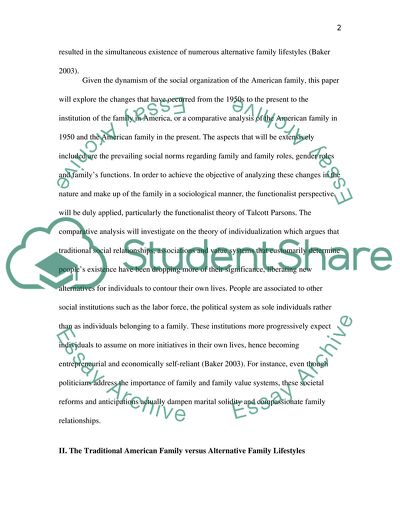Cite this document
(The American Family - a Nostalgic Microcosm Coursework, n.d.)
The American Family - a Nostalgic Microcosm Coursework. Retrieved from https://studentshare.org/family-consumer-science/1717452-sociology-of-relationships-and-families
The American Family - a Nostalgic Microcosm Coursework. Retrieved from https://studentshare.org/family-consumer-science/1717452-sociology-of-relationships-and-families
(The American Family - a Nostalgic Microcosm Coursework)
The American Family - a Nostalgic Microcosm Coursework. https://studentshare.org/family-consumer-science/1717452-sociology-of-relationships-and-families.
The American Family - a Nostalgic Microcosm Coursework. https://studentshare.org/family-consumer-science/1717452-sociology-of-relationships-and-families.
“The American Family - a Nostalgic Microcosm Coursework”. https://studentshare.org/family-consumer-science/1717452-sociology-of-relationships-and-families.


